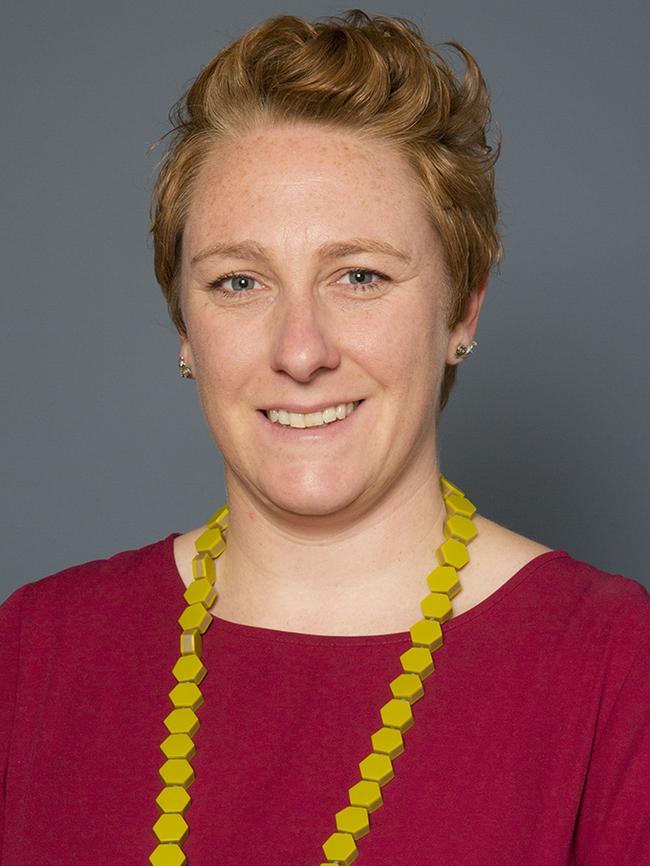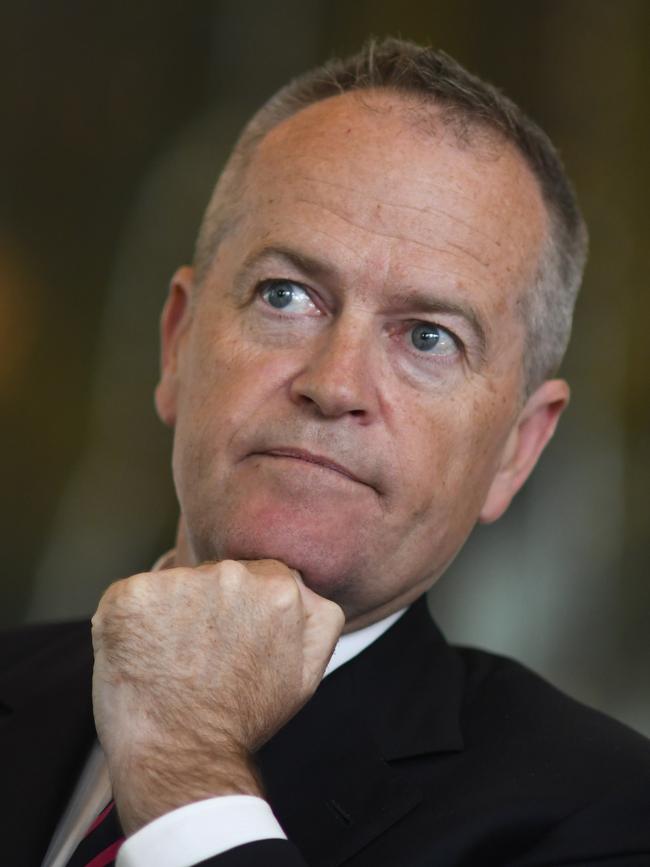What the polls are really showing
Political ‘insiders’ have been making bold predictions about the outcome of the May 21 election, but the latest opinion polls suggest something quite different.
Federal Election
Don't miss out on the headlines from Federal Election. Followed categories will be added to My News.
Confident predictions that Australia is heading for the certainty of a hung parliament after May 21 are not actually borne out by most of the latest opinion polls, voting expert Dr Kevin Bonham has warned.
The Tasmania-based psephologist said four out of five polls were currently showing Labor was on track to form a majority government in its own right.
But the polls could narrow over the next few weeks, leading to the hung parliament scenario, he said – and they could also just be wrong.
The accepted wisdom that polls narrow closer to election day was not gospel truth, Dr Bonham said, but it happened “more often than not”.
The exception to the rule was 2013.
“Initially Labor was quite competitive in that campaign, but they ended up being thrashed,” he said.
Three weeks into the 2022 federal election campaign, the five major nationwide opinion polls share some commonalities – most have Labor ahead – but they also have significant differences.

Newspoll has Labor leading the two-party-preferred vote by 53 to 47 per cent, while Ispos and Roy Morgan put that split at 55-45 per cent. The Resolve poll does not offer a two-party-preferred result, while Essential has Labor at 47 per cent, the Coalition at 46 per cent, and seven per cent undecided.
Dr Bonham said if the current polls were accurate, an election held today would yield a Labor majority – “with a seat count probably in the low 80s”.
But if the latest Essential poll was a truer reflection of voter intention, a hung parliament “would be more likely than not,” he said.
Simon Welsh from research firm RedBridge is among the commentators predicting a hung parliament, telling Sky News on Tuesday that a minority Labor government was the most likely election outcome, based on current polling.
In Australia’s 151-seat lower house, a political party must hold 76 seats to govern in its own right. Going in to this election, the Coalition has 76 seats, Labor has 69, and six are held by independents and other parties.
While Dr Bonham projected seats for Labor and the Coalition based on the latest polls, he was less confident making predictions about the performance of the independent candidates.
“Whether or not independents win seats is far more sensitive to local factors,” he said. “An independent can win a seat with 30 per cent [primary vote] in one seat, and that’s just a blip on the national radar. The other problem is that the estimates of the independent vote coming from various pollsters are very variable; some of the pollsters break out independents as a category, and some don’t, and some of the ones that do seem to be severely over-estimating (the) independents.”
ANU politics expert Dr Jill Sheppard was reluctant to make predictions based on the current polls, but said if Labor sustained a two-party-preferred vote of 54 per cent – “which seems to be their trajectory” – they should win.
“We’ve never seen an election in Australia where one party has won the popular vote by that margin and not won the election,” she said.


While the two-party-preferred poll results are grim for the Coalition, Scott Morrison has a significant lead over Anthony Albanese in the preferred Prime Minister stakes.
Newspoll has 46 per of respondents preferring Mr Morrison, 37 per cent choosing Mr Albanese and 17 per cent uncommitted.
“I don’t quite know the psychology of voters who say that they are going to vote for one party, but they would really prefer the leader of the other party to be Prime Minister,” Dr Sheppard said.
The preferred Prime Minister result was not very predictive of overall party success, she said, but “it’s not a bad canary in the coalmine for those cases where a leader is really unelectable”.
“We saw that with Bill Shorten in 2019. He was much less popular in the electorate than any commentator realised – he could just not win voters over,” Dr Sheppard said.
Originally published as What the polls are really showing





